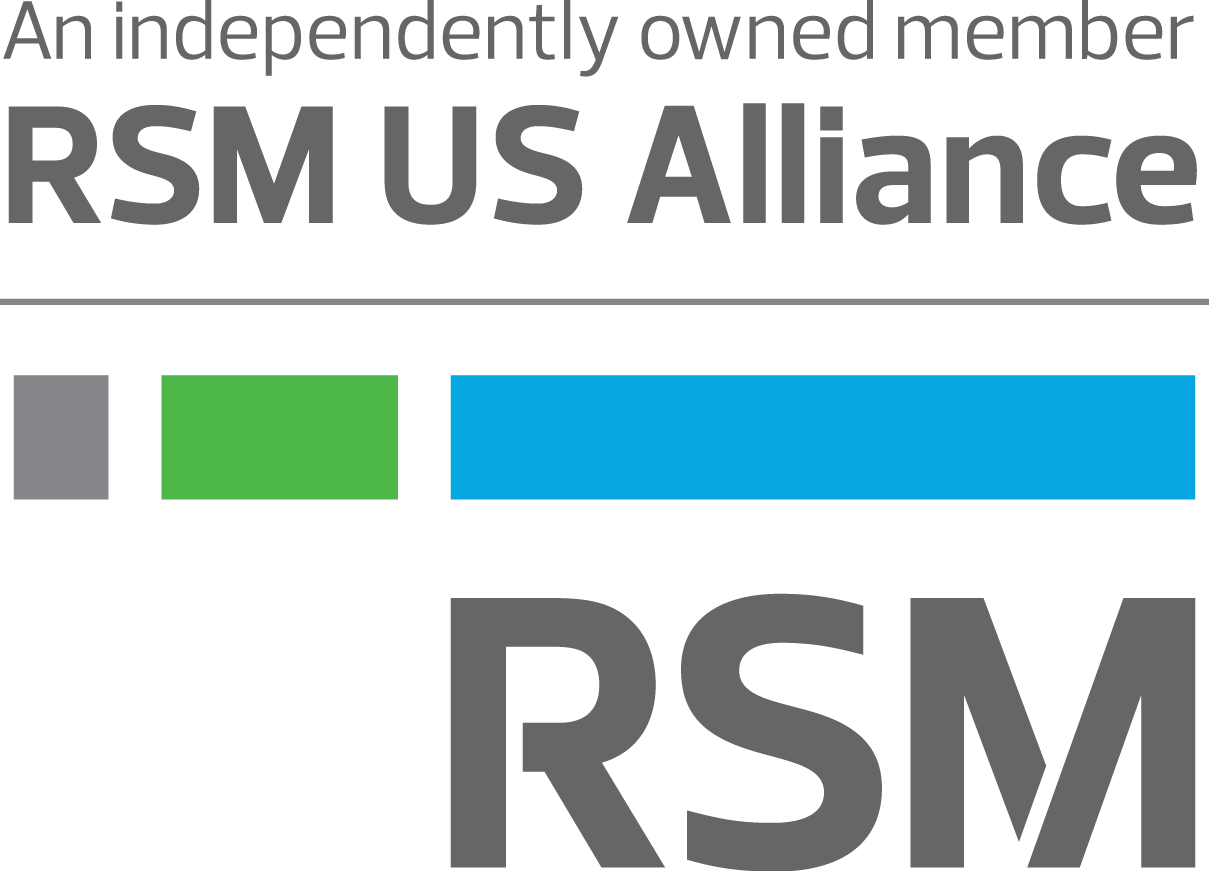Authored by RSM US LLP
Emerging real estate fund managers must consider various factors as they build their foundation and fund structure.
Emerging real estate fund managers must consider various factors as they build their foundation and fund structure. It’s essential to consider your investment strategy, tax implications, investor profile and anticipated fund size, and decide if your real estate fund will be open-end or closed-end. Open-end and closed-end funds have unique features, intricacies and benefits/disadvantages. Emerging funds have two primary considerations regarding structure—determining their legal entities and establishing their fee arrangements.
Start with closed-end funds to build credibility and trust
Whether you’re raising capital for your first or second fund, it is highly recommended for emerging fund managers to start with a closed-end strategy. Established investors want a closed window to see how you perform with a definite deadline versus an evergreen fund with no end date. Investors may display hesitancy because they are giving emerging fund managers a copious amount of money with zero time limitations, meaning you could hold their cash for an extended period. Experienced investors may only feel comfortable giving money to someone they have a preexisting relationship with. As an emerging manager, your main focus is to build a solid track record and form relationships with potential investors.
Making the big move from closed-end funds to open-end funds
There are advantages and drawbacks to the type of fund structure you select. The capital raising environment is challenging, and ??fund managers must be flexible with the tactics they utilize to fundraise. Private credit has grown significantly in recent years and is a great alternative for providing capital to emerging fund managers. One of the reasons evergreen funds are on the upswing is due to their flexibility. Investors are not locked in on an acquisition and disposition depending on where they are in the real estate cycle. With evergreen open-end funds, there is room to adapt when buying assets and when managers must dispose of them. Your strategy dictates acquisition and disposition rather than the rules of your investment fund, regardless of where you are in the cycle.
Can you have the best of both worlds?
There is a significant benefit for managers to have both evergreen funds and closed-end funds. Evergreen funds provide dependable assets and consistent income flows, allowing you to score big on your closed-end funds. It comes down to asking yourself a few key questions: What is your fund strategy? Where are you most successful, and what type of investors is the fund targeting?
Scott Helberg, a real estate tax partner for RSM US LLP, says, “I wouldn’t advise fund managers to create an evergreen fund only because of popularity. You have to ensure that your strategy, experience and focus in the market align with having an evergreen fund.”
Food for thought when considering evergreen or open-end funds
An evergreen or open-end fund works best if you have core and core-plus assets with durable cash flows, allowing steady distributions over a longer-term hold. However, navigating administrative and tax complexities requires advanced technical skills and technology. If you can execute, it can be an attractive alternative for investors to protect a portion of their allocated capital and relieve the pressure of seeking exit price appreciation.
Structuring guardrails in fund documents is critical to ensure subscription and redemption requests do not cause unintended liquidity risks or tax consequences. Quarterly valuations will also be necessary to monitor the fund’s net asset valuation as that metric dictates the admission and redemption of investors and generally serves as the benchmark for determining incentive fees paid to the fund manager.
Trends to watch out for in 2024: Monitor interest rates
2023 was filled with uncertainty, wide fluctuation of interest rates and rising inflation. Recently, we’ve seen a lot of capital raising around the potential for distressed assets, a growing interest in debt funds and a pull-back from lenders. Investors, lenders and fund managers see a lot of focus and optimism regarding interest rates.
“With inflation receding and the economy operating at full employment, the Federal Reserve has signaled its intention to lower its policy rate. We project cuts beginning in the first half of 2024, heading to 2.5% by 2026 for the longer run. While lending will remain challenging with higher borrowing costs, less uncertainty in monetary policy may bring a risk appetite back to investors and close the gap in valuations to increase transaction volume.”
Lauren Gerdes, Real Estate Senior Analyst, Senior Manager, RSM US LLP
Our economists forecast ?interest rates will stay elevated for the next 24 to 36 months. Interest rates will likely not come down to what we saw in 2020 and 2021. While borrowing costs will remain high, fund managers can have some certainty with their underwriting, allowing them to value and evaluate new deals. Gerdes says, “Hopefully, we will see transaction volume start to pick up in 2024 with a little more certainty.”
The takeaway
As you finalize your fund structure, remember everything needs to tie back to your overall strategy. It’s essential to reflect on the benefits and risks associated with both fund structures. A substantial advantage to starting with a closed-end fund is that it allows some runway to build up your track record as an emerging fund manager. Structuring an evergreen fund can be complex. However, there’s typically a lock-up period and other measures to mitigate some liquidity risk. Whether you start with an open-end or closed-end fund, ensure you have the right team to ensure all operations, fundraising and exit strategies align with the current market.
This article was written by Lauren Gerdes, Scott Helberg and originally appeared on 2024-02-29.
2022 RSM US LLP. All rights reserved.
https://rsmus.com/insights/industries/real-estate/structuring-your-real-estate-fund-for-operational-success.html
RSM US Alliance provides its members with access to resources of RSM US LLP. RSM US Alliance member firms are separate and independent businesses and legal entities that are responsible for their own acts and omissions, and each are separate and independent from RSM US LLP. RSM US LLP is the U.S. member firm of RSM International, a global network of independent audit, tax, and consulting firms. Members of RSM US Alliance have access to RSM International resources through RSM US LLP but are not member firms of RSM International. Visit rsmus.com/aboutus for more information regarding RSM US LLP and RSM International. The RSM(tm) brandmark is used under license by RSM US LLP. RSM US Alliance products and services are proprietary to RSM US LLP.

Lauterbach, Borschow & Co. is a proud member of RSM US Alliance, a premier affiliation of independent accounting and consulting firms in the United States. RSM US Alliance provides our firm with access to resources of RSM US LLP, the leading provider of audit, tax and consulting services focused on the middle market. RSM US LLP is a licensed CPA firm and the U.S. member of RSM International, a global network of independent audit, tax and consulting firms with more than 43,000 people in over 120 countries.
Our membership in RSM US Alliance has elevated our capabilities in the marketplace, helping to differentiate our firm from the competition while allowing us to maintain our independence and entrepreneurial culture. We have access to a valuable peer network of like-sized firms as well as a broad range of tools, expertise, and technical resources.
For more information on how the Lauterbach, Borschow & Co. can assist you, please call us at (915) 544-6950.


